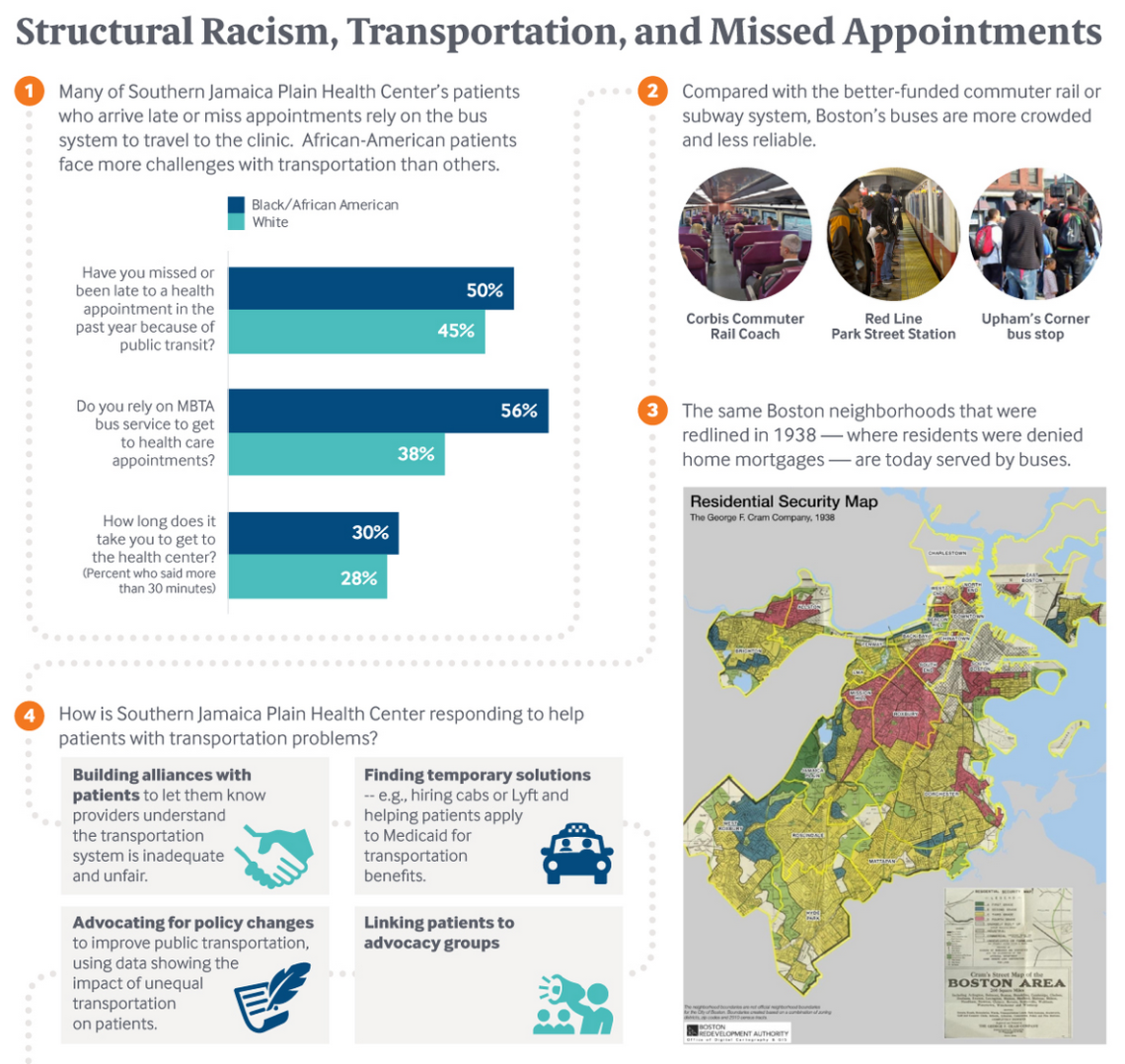
SAVE THE DATE:
A Call for Racial Healing
Friday, January 29
1:00 p.m. (MST)
Racial Equity and Philanthropy
Friday, February 26
1:00 p.m. (MST)
The Long Game: Deepening the Work
Friday, March 26
1:00 p.m. (MST)
he legacies of racism that constrain us are deep and long, and we are not going to solve our problems with training. The work we must do is about rooting out the systematic racism that lives in the everyday. We must recognize that racism pervades the structures that have raised us and that we in turn have fostered in the workplace. We cannot run from that system, but we can dismantle its roots. We must unearth, uproot and plant anew.
In the first Friday Forum conversation, Confronting Our Racism, we had a chance to talk to national leaders about the pervasive structures that created and continue to foster racism, and to discuss actionable ways to root out the systemic racism that lives in the everyday. President Ruth Watkins moderated our panel with two incredible national thought leaders on racism in America:
 Dr. Nell Irvin Painter is an award-winning scholar and writer, director of Princeton University’s African-American Studies program and author of eight books. She retired as the Edwards Professor Emeritus of American History at Princeton University and her recent book "The History of White People," guides us through 2000 years of Western civilization, illuminating the invention of race and the frequent praise of whiteness
Dr. Nell Irvin Painter is an award-winning scholar and writer, director of Princeton University’s African-American Studies program and author of eight books. She retired as the Edwards Professor Emeritus of American History at Princeton University and her recent book "The History of White People," guides us through 2000 years of Western civilization, illuminating the invention of race and the frequent praise of whiteness
 Bakari Sellers was the youngest African-American ever elected in the U.S. when at 22 years old he beat a 26-year incumbent to become a South Carolina State Representative; he also served on President Barack Obama’s South Carolina Steering Committee in the 2008 election. He released his debut book, now a New York Times best-seller, "My Vanishing Country," and is a tireless champion for progressive politics and policies.
Bakari Sellers was the youngest African-American ever elected in the U.S. when at 22 years old he beat a 26-year incumbent to become a South Carolina State Representative; he also served on President Barack Obama’s South Carolina Steering Committee in the 2008 election. He released his debut book, now a New York Times best-seller, "My Vanishing Country," and is a tireless champion for progressive politics and policies.
The topic of racism is broad and extends back hundreds of years through our history as a nation. Confronting that reality is not easy, and to do it right requires both intention and action.
Set your intention
The multiple collective traumas experienced in 2020 have forced people of all races, but especially those who are Black or African American, to examine the systemic nature of racism. For many, these examinations have brought up the stark differences in the ways that White and Black Americans must navigate their world. Addressing systemic racism begins by setting meaningful intention—a plan to promote anti-racist practices and policies.
It starts by having a courageous conversation – with yourself.
For Dr. Painter and Bakari Sellars, being actively anti-racist requires each of us to have a hard conversation with ourselves about exactly what we have done and what we can do to stand up to the racism that exists around us every day.
Exploring Implicit Bias:
Try taking this self-assessment for more insight into your own experiences and actions, and get a better understanding of where you’re coming from and where you can go.
Reflect on the experiences of others. Right now we hear a lot about how we are a divided nation, and one of the reasons is that we can easily create our own silos of information and reality. An interesting insight Bakari shared was a recent challenge to his students to watch a wider variety of news—Fox & Friends one morning, Morning Joe the next, and New Day on CNN a third day. After the exercise, students were better able to see the perspectives of people who believe differently from them, and have richer, more powerful conversations as a result. Exploring the experiences and perspectives of others from a place of openness and curiosity is an important first step in breaking down silos that reinforce racist beliefs.
Reflect on your own experience. It’s also critical to reflect internally on your own experiences. For example, the unconscious bias we project on others, the microaggressions we experience directly or observe peripherally in the health care setting—do you let it go or do you push back against it? Are you helping to elevate people of color around you? What example are you setting to help move the needle toward a more equitable care environment? By engaging in self-reflection to identify individual acts of anti-racism we can begin to set meaningful intention.
Take action
Self-reflection is a critical tool, but it’s important that reflection leads to action. This year has brought an unprecedented level of action in the form of protest for Black lives and against systemic racism. It’s something that has made a lot of White people feel uncomfortable, but as Bakari points out, from a historical perspective, the reality for Black and Brown people in the U.S. is that change has always resulted in blood in the streets. The normal structures designed for democratic change were built and reinforced to support racist constructs.
Embrace the discomfort.
When people are ready to take action, it’s going to feel uncomfortable, and that’s okay. Being mindful of our discomfort is good because it forces us to reflect and understand why we feel that way. The Resiliency Center’s Trinh Mai and Jean Whitlock provide a 3-part framework for working through this process.

Health Care's Role:
The Commonwealth Fund report, “In Focus: Reducing Racial Disparities in Health Care by Confronting Racism,” provides a comprehensive review of health care’s role in the power construct.
Understand the root of the problem – racism is a power construct. In the United States, racism has long been rooted in legal policies and practices that reinforce the power structures of White people over people of color. Dr. Painter notes that strong organizational leadership will be required to combat systemic racism. Examining the composition of boardrooms, executive suites, deans and director positions through an equity and diversity lens can ensure the right representation in discussions and decisions to build a business or institution that is truly inclusive.
Learn from health care’s history – so we don’t repeat it. Health care also has a powerful role to play, and institutions like the University of Utah Health must also work to reduce racial disparities that exist in treating patients. The Commonwealth Fund report, “In Focus: Reducing Racial Disparities in Health Care by Confronting Racism,” provides a comprehensive review of health care’s role in the power construct. By seeking to understand where our system breaks down, we can develop policies and practices that promote safe, effective, and equitable access to exceptional patient care.
As a nationally recognized academic health system we take our role in confronting racism seriously. We look forward to the ongoing Friday Forum conversations to learn how we can unearth, confront, and uproot racism on our journey to be an anti-racist campus.
Mary Ann Villarreal
José E. Rodríguez
Mindfulness can be an act of healing and resistance for Black, Indigenous, People of Color who confront microaggressions as part of everyday life. Mindfulness educators and social workers Trinh Mai and Jean Whitlock provide three steps to build mindful self-compassion for BIPOC.
It’s clear that equity, diversity and inclusion need to be a part of every workplace conversation. So how do leaders start the conversation—and keep it going? Senior nursing director Rita Aguilar shares how her team incorporates discussions of diversity and inclusion into their everyday work—and why those discussions are so important to the care we provide.
Practicing are recorded conversations with a colleague that are shared with the organization. They are conversations between real team members about why the work matters.
